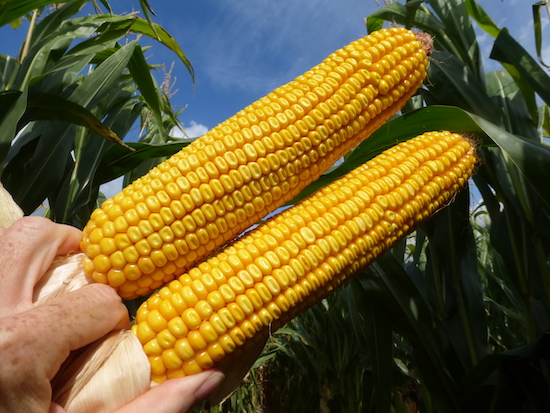The objective was to compare the performance of five hybrids related to population, soil type and yield zones. The hybrids were planted in strips using a VR prescription to vary populations.
Read More
FieldTalk
Understanding the ability of a corn hybrid to flex can result in a better understanding of a hybrids yield potential in different soil types and environments, optimize variable rate seeding (VRS) recommendations and optimize ROI.
Optimal planting population is influenced by a number of different factors. Typical planting populations in the area range from 30, 000 to 35, 000 seeds per acre. In this trial, five PRIDE Seeds hybrids are considered and evaluated at 4 different populations.
Read More
Understanding the incidence and severity of disease pressure is important to differentiate tolerance of hybrids. Diverse genetics can be placed and managed to reduce risk of yield loss associated with disease pressure. A look at inbred line tolerance to various diseases
The purpose of this special project was to evaluate corn silage yield and quality when different hybrid types (silage specific (SS) and dual purpose (DP)) are planted at different populations.
Read More
When scouting a newly planted cornfield, it is important to understand the fundamental growth habits and what the plant should look like above and below the soil surface.
Read More
Depending on crop rotation, fall tillage, and acreage, there may be perceived constraints to some growers being able to do so, however, there are several reasons why it should be considered.
And just like that, planting season is right around corner. When it comes to planting corn, it is important to get the depth right, as it is essential for proper root development, growth, and maturity. In Western Canada, corn needs to be planted deeper than other crops grown (canola, flax wheat, barley, oats, etc.). Ideal planting
Read More
PRIDE Seeds talks with Dr. Bart Lardner, a Professor in the Department of Animal and Poultry Science at the University of Saskatchewan.
Read More





